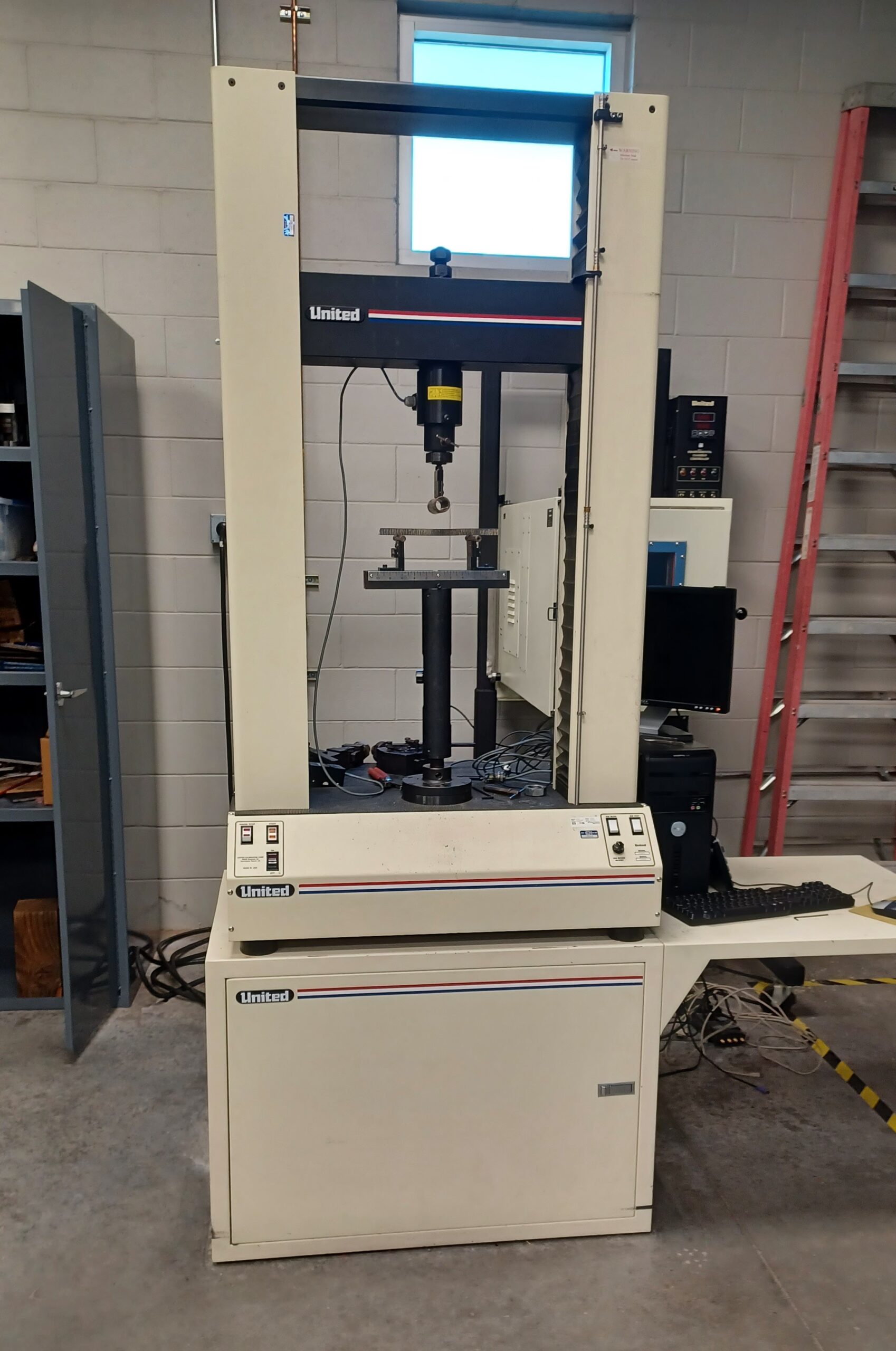Ready for Testing
Hello everyone, I’ve finished preparing the test specimens and all that’s left to do is the actual tensile testing next week.
To do a tensile test, the sample is placed in the top and bottom grips of the tensile tester. Then, the machine hydraulically adds force to pull the specimen apart while keeping track of the force and displacement. Once the sample breaks, I will get a graph of the load form the machine versus the position of the machine. Also, I will have data on the strain of the material.


An extensometer, which measures the change in length of the material, is also important for the test. It shows the strain of the material that is needed to calculate the elastic modulus, which is the relationship between how much the material stretches under force. For these fiberglass composites, the amount they stretch before they break is almost unnoticeable because the fibers are stiff.
Here are some pictures of the process of making the test specimens:
|
|
|
|
|
Next week, I will gather data on the precise dimensions of each test specimen and perform the tensile tests.





Comments:
All viewpoints are welcome but profane, threatening, disrespectful, or harassing comments will not be tolerated and are subject to moderation up to, and including, full deletion.